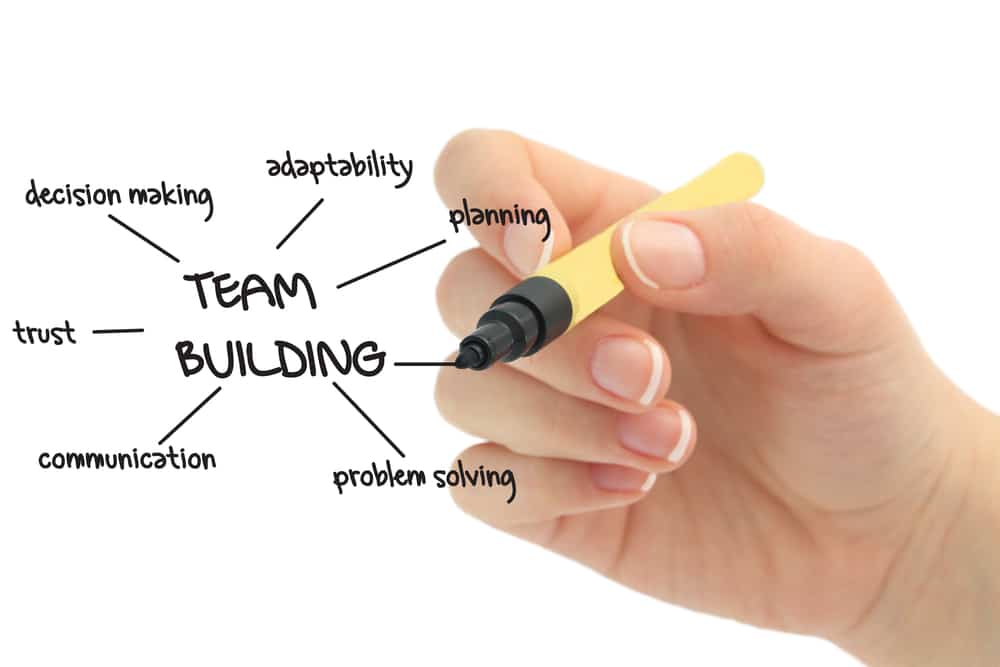Recently I read about a survey of workers in the United States, who were asked if they could work harder on the job than they currently were. 85% of those surveyed said that they could. And more than half claimed that they could double their effectiveness “if I wanted to.”

I don’t know about you, but I want the people I lead to “want to” be as effective as they possibly can all the time. I’ve been writing about a unique way to make decisions called 1-2-3. It just so happens that using the 1-2-3 decision-making process will significantly increase your team’s “want to”!
1-2-3 says that before anybody decides anything (and even before thinking of preliminary decisions regarding your challenges and opportunities), three key questions should be asked. They are:
- Who can help me make a better decision?
- Who will have to carry it out? and
- Who will be impacted by it?
These people (or representatives of their groups) then should be brought together to discuss the situation and the most beneficial actions to pursue.
Every leader can develop a team who “wants to” by taking three final steps (making a decision, giving feedback, and managing change) in the 1-2-3 process.
You Still Must Decide
You have reached out to everyone on your team who can help you make a decision, and have digested all the information and input they have given you. The 1-2-3 process has equipped you to make the best possible decision.
Now it’s time for you to make it. Yes, you still must decide.
Making the final decision is your right and responsibility as a leader, and just another step in the 1-2-3 process.
Feedback is the Breakfast of Champions
Giving your people feedback on the “what” and the why of a decision is critical, especially if it goes against some of the information, advice and/or recommendations they provided.
It keeps them involved in the process and committed to the result.
And it helps your people to feel that their involvement and thoughts shared did not go into a “black hole”.
It also gives you a chance to recognize and thank them for their contributions during the process, and to solicit their help in implementing the decision. After all, the job isn’t done when the decision is made…the decision still needs to be implemented (the how) and your team must remain committed to ensure smooth implementation.
Managing the Change
Using the 1-2-3 process equipped you to make the best possible decision.
Providing your team with feedback prepared them to implement the decision you have chosen in an efficient and effective way.
And the 1-2-3 put you in the best possible position to manage implementation of the decision by continuing the 1-2-3 process through regular exchanges with team members and reviews (intermediate mile-stones) of progress.
1-2-3 Doesn’t Stifle Progress
Even though using 1-2-3 takes longer on the front-end than other ways of making decisions, it saves you as much (or more) time on the back-end. In fact, 1-2-3 facilitates progress for two simple reasons:
(1) You have made a reasoned decision based on more and better information than you would have collected on your own; and
(2) The process keeps your people moving forward instead of having to backtrack or go sideways because of decisions reached without their commitment and support.
As you can see, it’s important for leaders to fully tap the power of the 1-2-3 process by: making the final decision, providing feedback to your team, and managing the change created by your decision.
Motivate your team to “give it their all” by using the 1-2-3 approach to decision-making.
How might 1-2-3 help you make better decisions and ease implementation of decisions you make so your people will “want to”?
